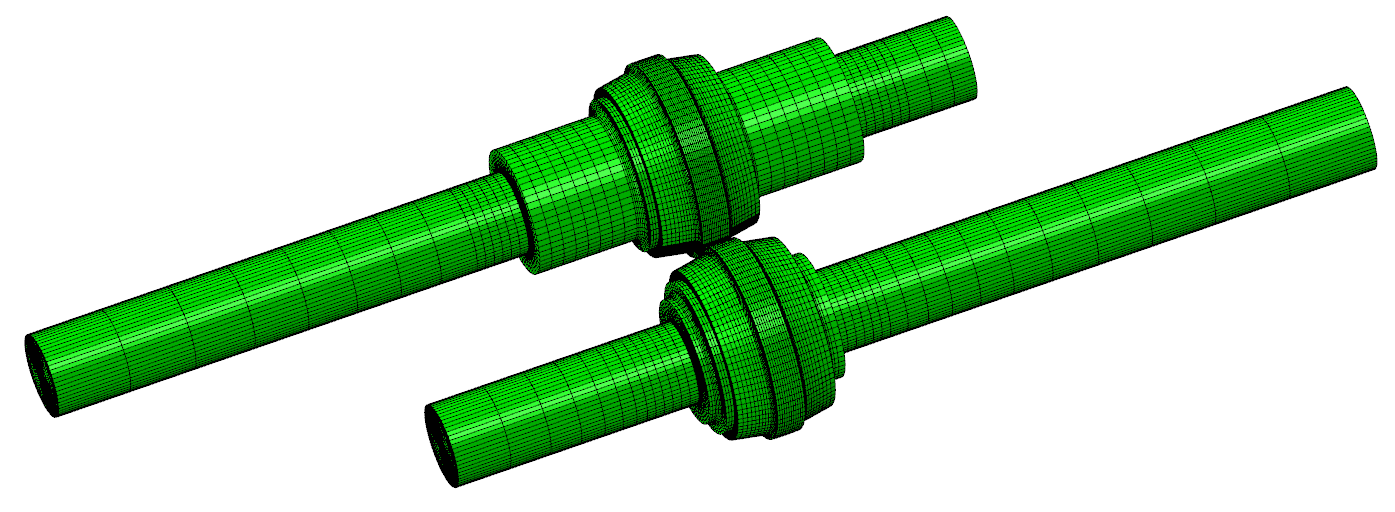Scuffing is a failure mode which occurs under heavy contact pressure and intensive sliding between the interacting surfaces in elevated temperatures. Scuffing failures result in damaged surfaces and a consequent decrease in load carrying capacity of the gear. This may also lead to other failure modes and ultimately to the breakdown of the machine component. Although this phenomenon has been widely studied, there are still some uncertainties, that are reflected in the dimensioning and use of gear sets. Another failure mode typically occurring in gears can be described as subsurface initiated fatigue. In contrast to traditional fatigue failure, in this mode, the crack initiation originates beneath the hardened layer of the case-hardened surface of a gear tooth.
Firstly the objective of this thesis is to shed light on the effect of occasional overloads on the initiation of scuffing. The second objective is to establish a procedure for investigating subsurface fatigue under rolling/sliding loading with high contact pressure; a typical condition in a gear contact. The experimental part consists of several tests with a pre-existing, but upgraded twin-disc test device with case-hardened specimens, where the loading in the tests mimics the various contact conditions between the tooth flanks in real gears. In addition to the analysis of the experimental results, the stress and strain states and the consequent formation of fatigue damage in the discs were calculated utilizing an elastoplastic finite element model of the test assembly.
The scuffing test results demonstrate the importance of running-in the interacting surfaces as overloading during the running-in process increased the risk of scuffing. Conversely, the introduction of overload cycles in a controlled manner and having periods of nominal load cycles between each series of overload cycles enhanced the components resistance to scuffing. The tests also revealed that small deviations in the contact path allowed the use of increased normal load levels without the occurrence of scuffing failures.
The fatigue tests confirmed the suitability of the twin-disc test device for studying subsurface fatigue in case-hardened components. The related numerical analysis, including the influences of increased material hardness and residual stress, revealed critical depths beneath the hardened layer that coincided with the ones found in the experimental tests. Furthermore, a shear strain-based damage calculation method (Fatemi-Socie) seemed to be more sensitive to the effect of residual stresses, while inaccuracies in components due to manufacturing tolerances only have a minor effect on the formation of damage in the subsurface region.
MSc Matti Savolainen will publicly defend his doctoral thesis An Investigation into Scuffing and Subsurface Fatigue in a Lubricated Rolling/Sliding Contact on Friday, 28th of June 2019 starting at 12 o’clock in the Auditorium K1702 of the Konetalo building in Tampere University, Hervanta campus. Professor Ulf Olofsson from Royal Institute of Technology (KTH), Sweden and Associate Professor Niels Pedersen from Technical University of Denmark (DTU), Denmark, will act as opponents. The Custos is Professor Arto Lehtovaara from Tampere University.

